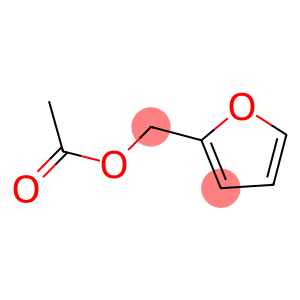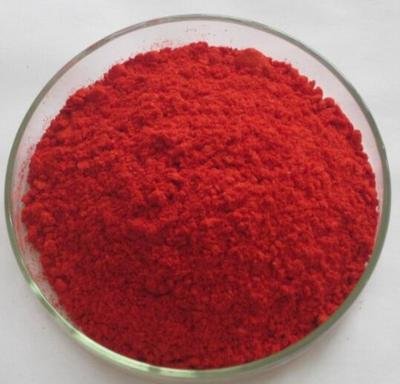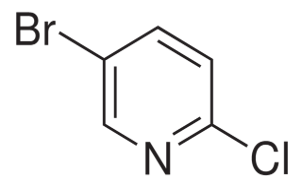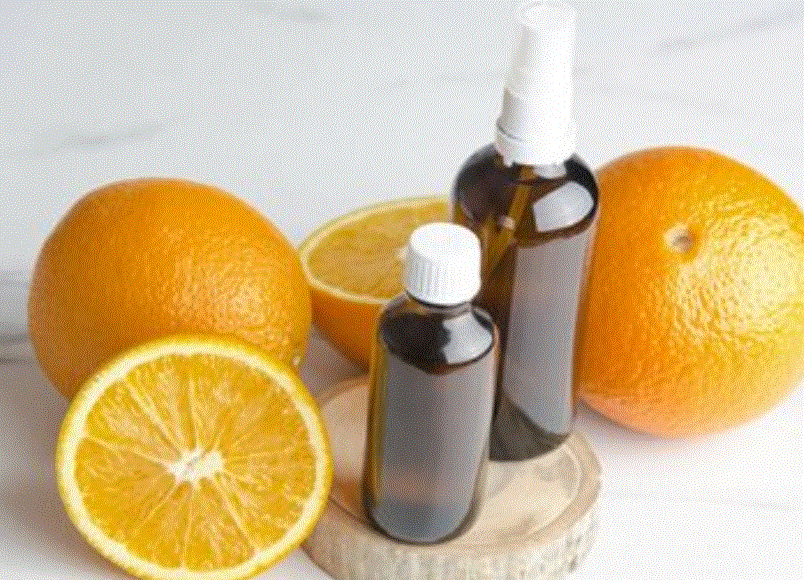6-Heptynoic acid(CAS# 30964-00-2)
| Hazard Symbols | C – Corrosive |
| Risk Codes | 34 – Causes burns |
| Safety Description | S26 – In case of contact with eyes, rinse immediately with plenty of water and seek medical advice. S36/37/39 – Wear suitable protective clothing, gloves and eye/face protection. S45 – In case of accident or if you feel unwell, seek medical advice immediately (show the label whenever possible.) |
| UN IDs | UN 3265 8/PG 3 |
| WGK Germany | 3 |
| FLUKA BRAND F CODES | 10-23 |
| HS Code | 29161900 |
| Hazard Class | 8 |
Introduction
6-Heptynoic acid is an organic compound with the molecular formula C8H12O2 and a molecular weight of 140.18g/mol. The following is a description of the nature, use, preparation and safety information of 6-Heptynoic acid:
Nature:
6-Heptynoic acid is a colorless to pale yellow liquid with a special pungent odor. It is soluble in water, ethanol and Ether solvents at room temperature. The compound can react with other substances through its carboxylic acid group.
Use:
6-Heptynoic acid can be used in a variety of reactions in organic synthesis. It is often used as an important organic synthesis intermediate for the preparation of other compounds, such as drugs, dyes and heterocyclic compounds. In addition, 6-Heptynoic acid can also be used in the manufacture of coatings, adhesives and emulsifiers.
Method:
6-Heptynoic acid can be prepared by reacting Heptyne with a hydrated zinc salt under alkaline conditions. First, the addition reaction between Cyclohexyne and sodium hydroxide solution gives cyclohexynol. Subsequently, cyclohexynol is converted to 6-Heptynoic acid by oxidation.
Safety Information:
When using 6-Heptynoic acid, attention should be paid to its irritation. Avoid contact with skin, eyes and mucous membranes. Wear protective goggles, gloves and lab coat during operation to ensure good ventilation. If ingestion or contact occurs, rinse immediately with plenty of water and seek medical help. Storage should be sealed, away from fire and sunlight.








